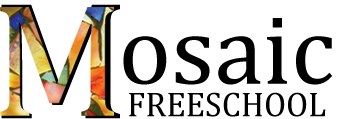Brainstorming Thesis Statements Students worked in small groups this week to share and discuss the three thesis statements they prepared as homework. I was pleased that we had a broad range of topics that were of personal interest to the students. Using a simple checklist, students took turns in their groups discussing each thesis statement and deciding if it met the four basic criteria (clearly states your opinion, is reasonable, is debatable, can be proven with evidence and example). They also defined their audience for each topic, and worked together to identify counter-arguments and several types of testimony they could use to support each argument. At the conclusion of our small group work, I asked students to choose the thesis statement they felt was the strongest of their three to develop into a rough draft for next weeks class.
Homework For homework this week students should prepare a rough draft of a persuasive essay for the thesis statement they chose in class. These do not need to be final, polished pieces of writing but should include a solid start at the following: 1. An introduction including
Finally - do not get hung up on the mechanics right now (grammar, spelling, paragraph structure). I want your unique voice and your interest in the topic to come through in this draft. Focus on being clear, logical, and persuasive, but don't stress! I'm looking forward to hearing all of your ideas in class next week! Comments are closed.
|
Categories
All
Archives
May 2016
|


 RSS Feed
RSS Feed